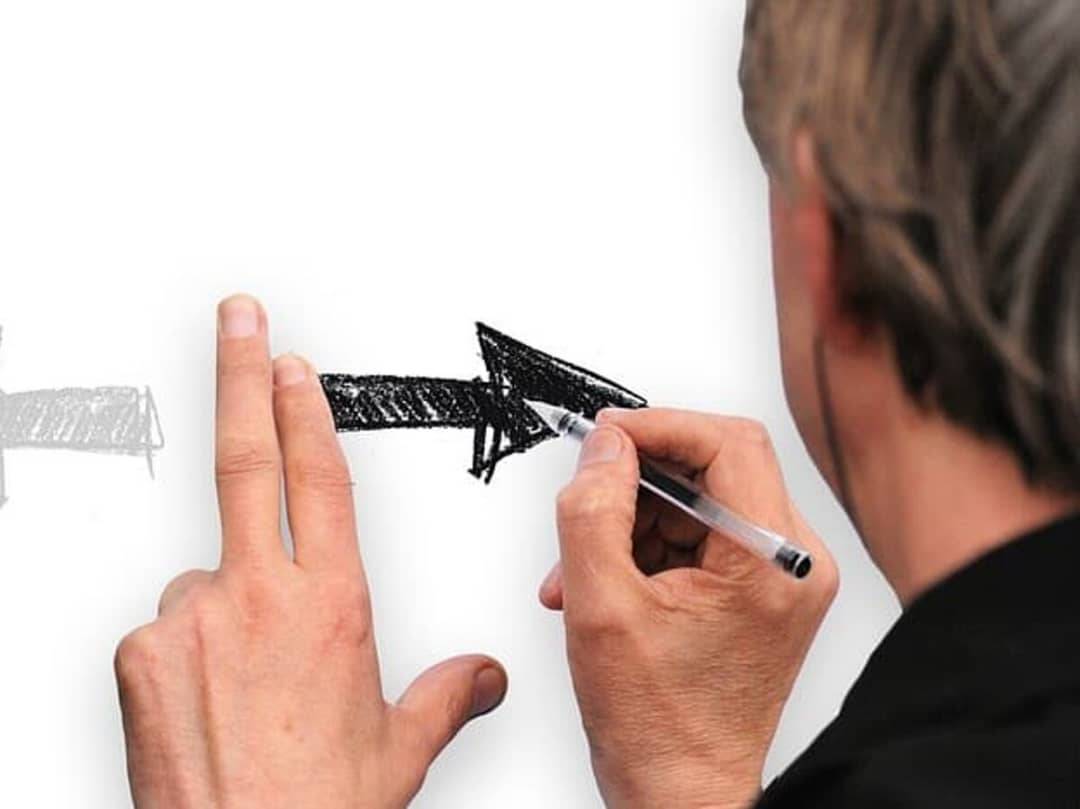The art of persuasion is a valuable skill that can be applied in many areas of life, from convincing your boss to give you a raise, to persuading your friends to try a new restaurant. It involves the use of various techniques to win arguments and influence people. In this article, we will explore some of the most effective techniques for persuasion.
Understand your audience: Before attempting to persuade someone, it's important to understand their values, beliefs, and motivations. This will help you tailor your argument to appeal to their interests and increase your chances of success.
Use emotional appeals: People are often more persuaded by emotional appeals than by logic or reason. By appealing to someone's emotions, you can tap into their deeper desires and needs. For example, if you're trying to persuade someone to donate to a charity, you might use emotional appeals that highlight the positive impact their donation could have on the lives of others.
Use social proof: People are more likely to be persuaded by something if they see that others have also been persuaded by it. This is known as social proof. You can use social proof by providing testimonials from satisfied customers or by citing statistics that demonstrate the popularity or effectiveness of your argument.
Be confident: Confidence can be a powerful persuasive tool. When you believe in what you're saying, others are more likely to believe it too. However, it's important to strike a balance between confidence and arrogance. If you come across as too overbearing or pushy, you're likely to turn people off.
Use reciprocity: People are more likely to be persuaded by someone they feel indebted to. You can use this to your advantage by offering something of value to the person you're trying to persuade. For example, if you're trying to persuade a colleague to help you with a project, you might offer to help them with a project of their own in return.
Find common ground: People are more likely to be persuaded by someone they feel they have something in common with. Look for shared interests or experiences that you can use to build a connection with the person you're trying to persuade. This will make them more receptive to your argument.
Use scarcity: People are often more motivated by the fear of missing out than by the potential for gain. You can use scarcity to your advantage by highlighting the limited availability of something. For example, if you're trying to persuade someone to buy a product, you might mention that there are only a few left in stock.
Use humor: Humor can be a powerful persuasive tool. It can help to break down barriers and make people more receptive to your argument. However, it's important to use humor appropriately and avoid anything that could be offensive or inappropriate.
Use visual aids: Visual aids can be a great way to make your argument more persuasive. They can help to clarify complex ideas and make your argument more memorable. For example, if you're trying to persuade someone to invest in a particular stock, you might use a chart to show how the stock has performed over time.
Appeal to authority: People are often more likely to be persuaded by someone they perceive as an authority on a particular subject. You can use this to your advantage by citing the opinions of experts or by highlighting your own credentials in a particular field.
In conclusion, the art of persuasion involves a variety of techniques that can be used to win arguments and influence people. By understanding your audience, using emotional appeals, using social proof, being confident, using reciprocity, finding common ground, using scarcity, using humor, using visual aids, and appealing to authority, you can increase your chances of success. However, it's important to use these techniques appropriately and ethically, and to avoid using them to manipulate or deceive others.



No comments yet
Be the first to share your thoughts!